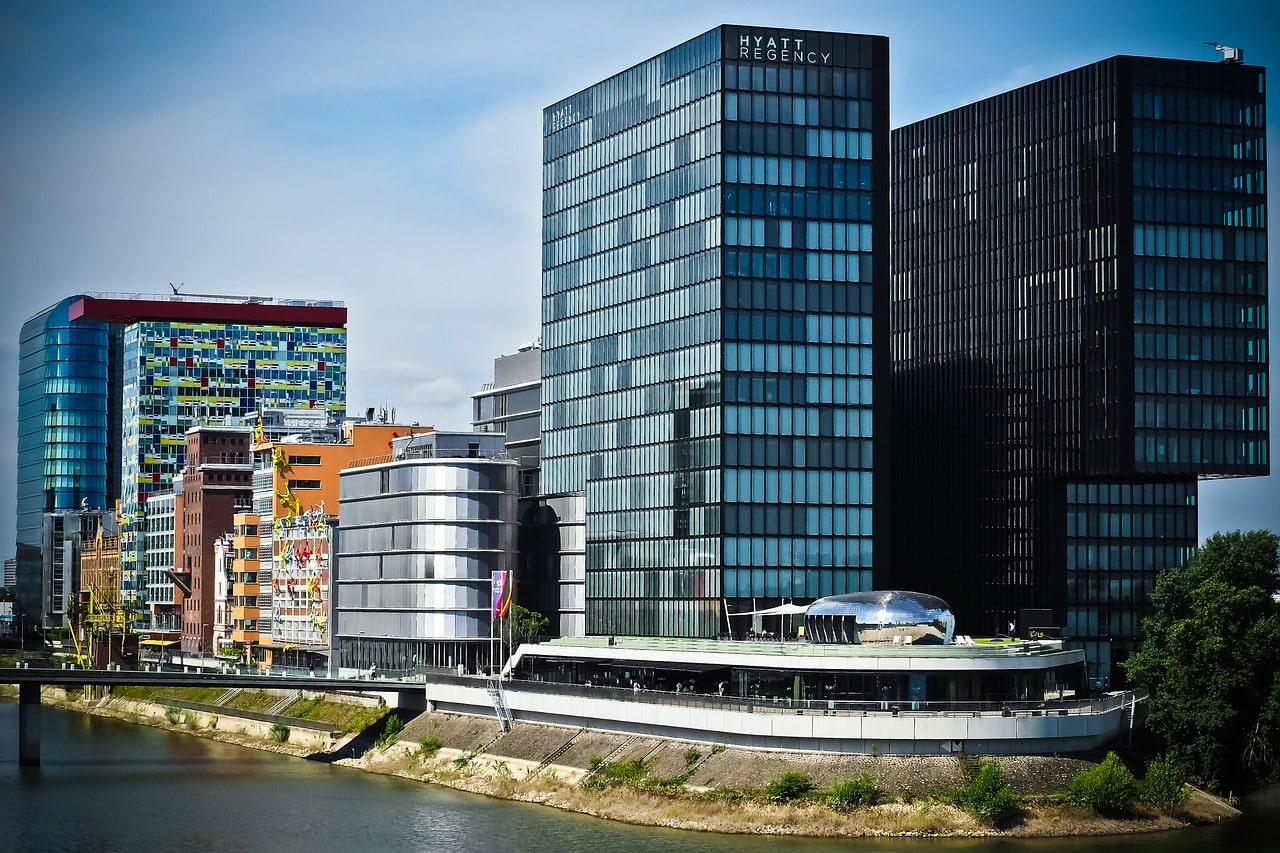
Climate warming is especially pronounced in winter and at high latitudes. Warming winters are leading to the loss of lake iceand changing snow cover on lakes. Historically, lake scientists have paid less attention to the ice cover period, leading to data andtheory gaps about the role of winter conditions in lake ecosystem function and the consequences of changing winters. Here weuse simple models to show that the latitudinal interaction between ice cover duration and light flux seasonality has profound andunderappreciated implications for lakes. Our models focus on light and temperature, two key drivers of ecosystem processes. Weshow that the relative amount of light arriving in lakes during ice cover increases non-linearly with latitude and that the lightclimate of high latitude lakes is much more sensitive to changing winter conditions than that of lower latitude lakes. We alsodemonstrate that the synchronicity between high light and warm temperatures may decrease with latitude, with implications forprimary and secondary production. Our results suggest that ice loss may lead to greater relative change to productivity and bioticinteractions in higher latitude lakes and also offer several testable predictions for understanding the consequences of climate-induced changes across latitudinal gradients.
